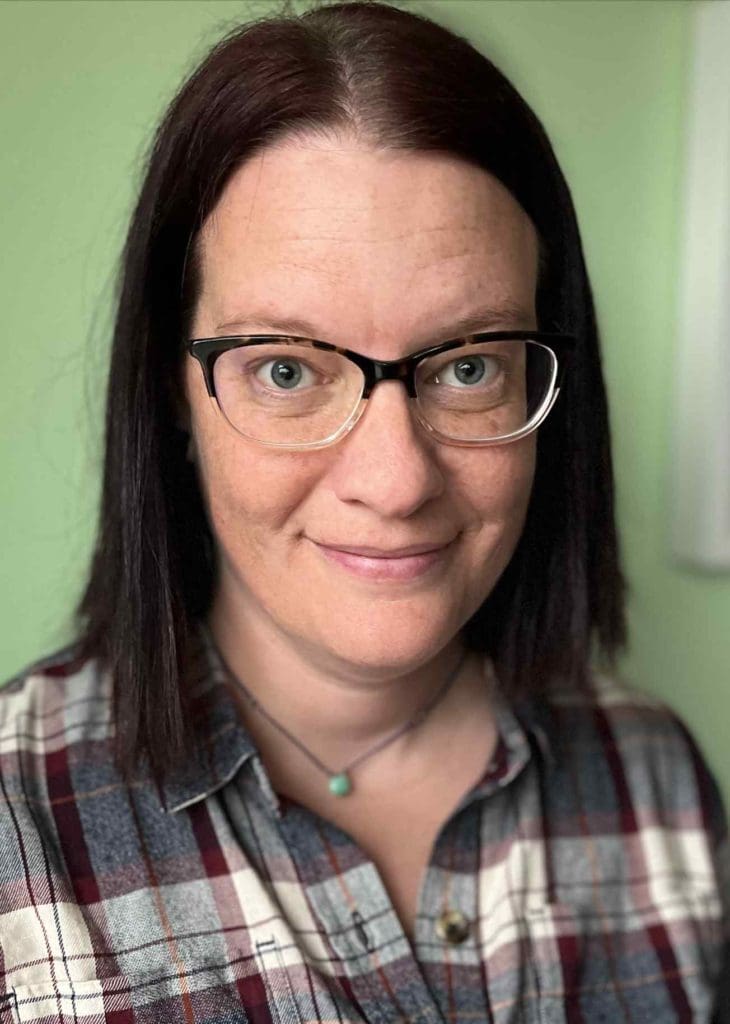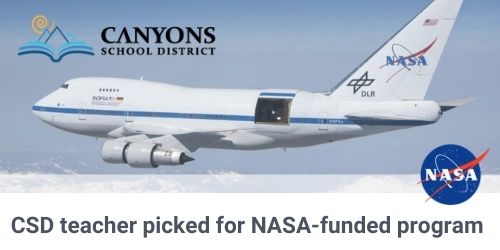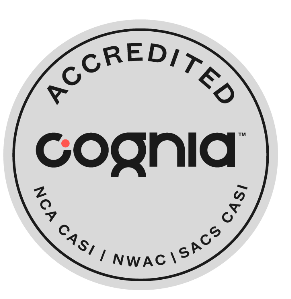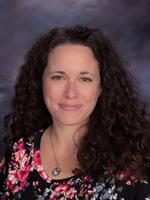
A Canyons District teacher may be headed where few teachers have gone before. Draper Park Middle science educator Jenn Muir has been picked to attend a prestigious NASA-affiliated teacher-training program that could include a flight to the stratosphere on the world’s largest flying observatory.
“It is exciting,” says Muir, who has taught at Union and Draper Park middle schools for the past 15 years. “Any time that I can do anything like this, when I can take something back to the kids, is definitely worth doing. So, when the opportunity came up, I thought, ‘Why not go for it?’”
Her inclusion among the 24 U.S. educators from 13 states selected as 2022 Airborne Astronomy Ambassadors was announced Tuesday, March 1, 2022 by the Palmdale, Calif.,-based SETI Institute, funded by NASA. The group includes K-12 teachers and community college instructors hailing from across the country.
Muir learned in December that she had been picked — but was sworn to secrecy until the public reveal this week.
“I found out a few days before Christmas,” she says. She quietly told her significant other, select Canyons District administrators, and a few close friends, but “other than that I have had to keep my mouth shut about it.”
“I mean, I have not even told my brother and sister,” she says, noting her real passion is earth science while admitting she is thrilled to learn ways to make units on physics more hands-on and interesting for her middle school pupils.
Muir is the third Canyons educator in the past two years to become an Airborne Astronomy Ambassador. Last year, CSD teachers Clief Castleton and Milo Maughan were two of 30 teachers chosen to participate in the educator-training effort.
The honor includes either the stratospheric flight or a visit to the Infrared Telescope Facility on Mauna Kea in Hawaii. The hope is to get the teachers on the flight, but if it can’t be arranged because of technological, logistical, or weather issues, then the group can still engage in interstellar studies at the facility in Hawaii.
Either way, participants get an up-close-and-personal view of NASA scientists collecting data from telescopes detecting light from the corners of space. They also build a network of colleagues in STEM fields.
Muir was chosen for the program through a competitive application process, which is open to teachers in school districts that have established AAA partnerships with the institute, located near NASA’s Ames Research Center. Canyons forged a partnership with SETI so teachers such as Castleton, Maughan and Muir could seek the ambassador status.
While word that she’d been selected for the 2022 co-hort was kept quiet until this week, the submission of her application was not exactly a secret. Muir said an English-teaching colleague helped wordsmith answers to the questions on the SETI application. “The application took a little time,” she says. “I had to think about it and what I wanted my answers to be.”
Educators in the AAA program take back to the classroom a unique and valuable perspective. According to at least one study, students’ learning levels in STEM subjects increases after being in class led by a AAA teacher. An uptick in positive perceptions about STEM-related topics also was noted by the study by WestEd.
Since 2011, the AAA program has impacted tens of thousands of students through the experiences and training of their teachers. “This powerful STEM program will allow the SETI Institute to continue bringing NASA science into classrooms across the country,” Dr. Dana Backman, a program lead, said in a statement. “These teachers will use their professional development and STEM immersion experiences to convey real-world content to their students that illuminate the value of scientific research and the wide variety of STEM career paths available to them.”
Qualifications to become an ambassador include at least three years of teaching experience in such subjects as physical science, earth and space science, astronomy, astrobiology, or integrated science. Teachers also must be scheduled to lead physics and astronomy in the coming years.
Ambassadors also are handed curriculum and equipment to bolster the classroom experience after they return from a weeklong immersive training.
Previous co-horts, including the group that included Maughan and Castleton, took flights on NASA’s SOFIA, the Boeing 747SP jetliner modified to carry a 106-inch diameter telescope. The teachers do not conduct research on the flight of SOFIA, which stands for Stratospheric Observatory for Infrared Astronomy, but can interact with scientists and mission crew members. Muir said her team’s flight is tentatively scheduled for next fall.
Muir jokingly says she’s excited to inform the “little space nerds” in her classes about her upcoming trip to the stratosphere and professional development sessions with world-class researchers, as well as laboratory ideas and materials. “I have one student in particular,” she says, “when he hears, he is going to be very, very excited.”
For her part, Muir is looking forward to the experiences she’ll have as an Airborne Astronomy Ambassador — but she can’t hide her excitement to be handed her blue NASA jacket. “I am super excited about that, obviously,” she says. “But based on what I have learned so far, just being on the plane with scientists who are studying certain aspects of the universe or solar system, and see in real time the pictures and data that are coming in … that, to me, is really exciting.”






